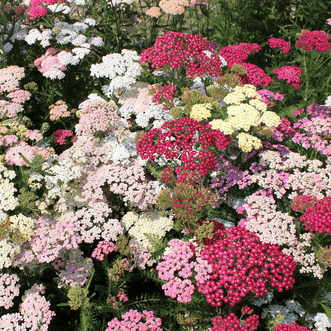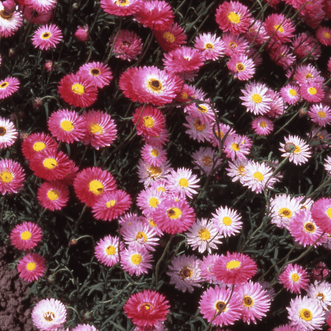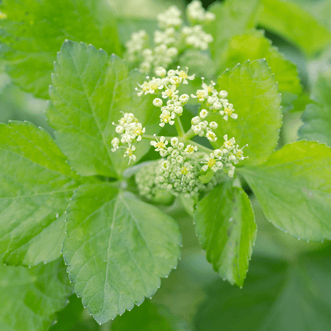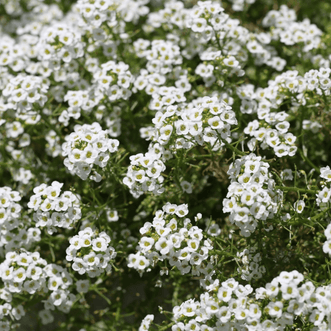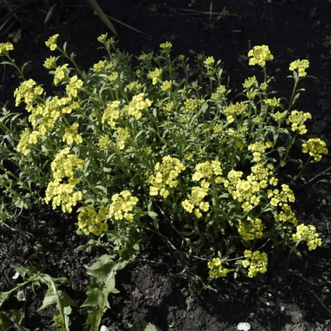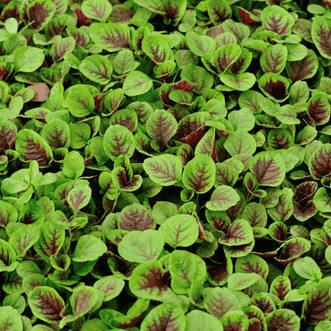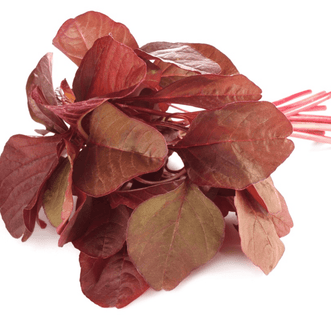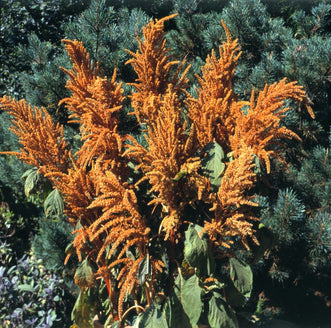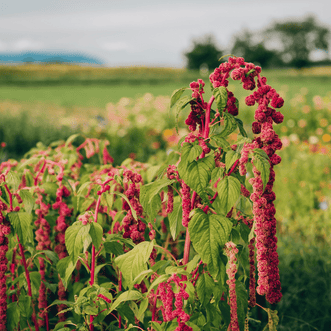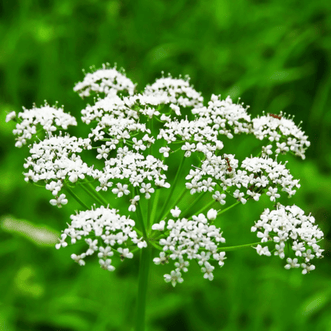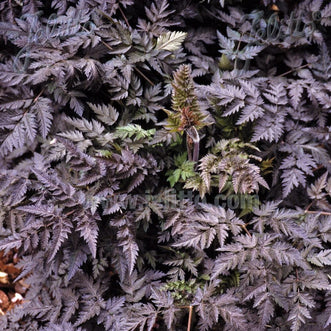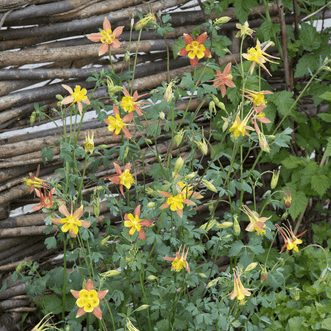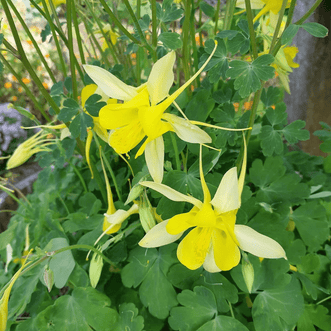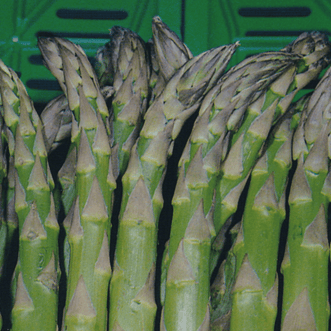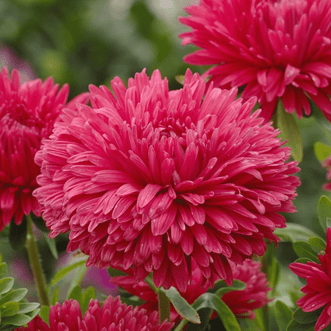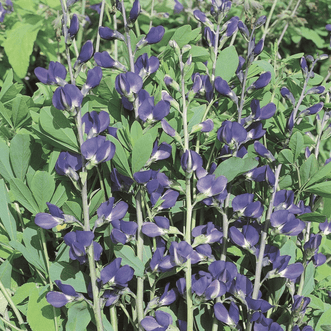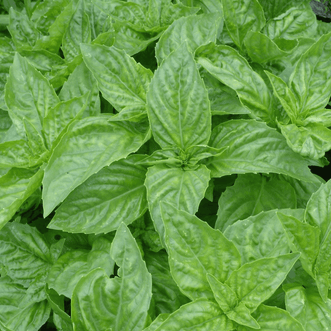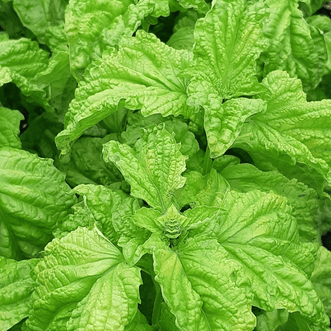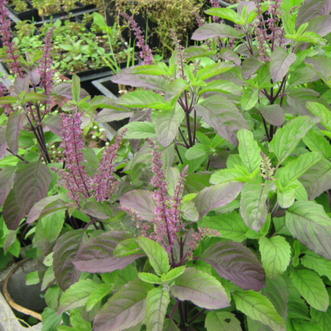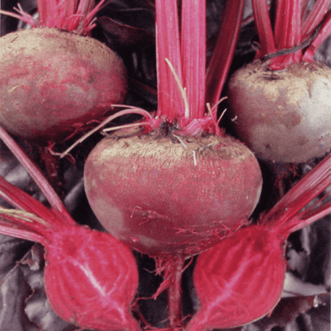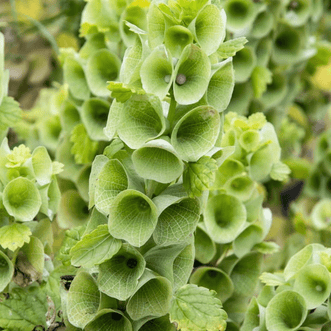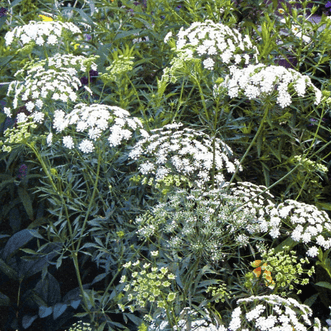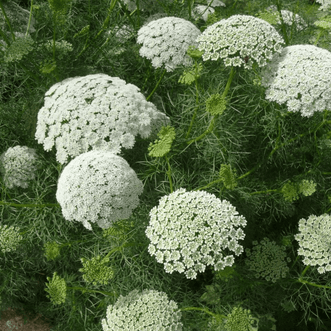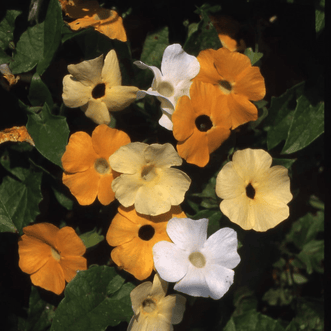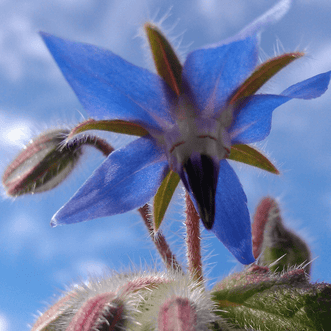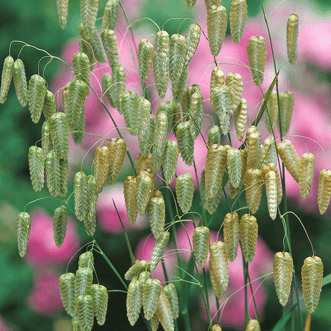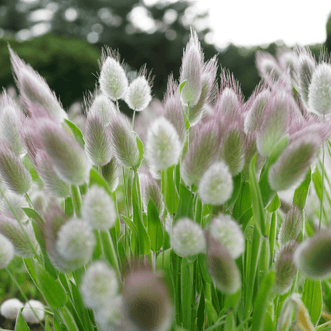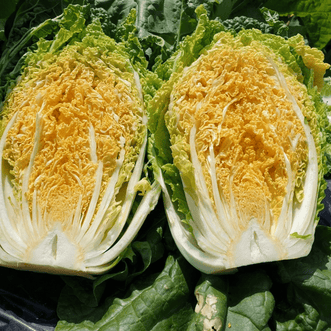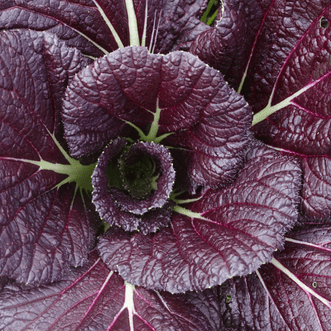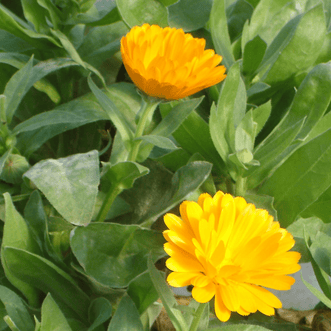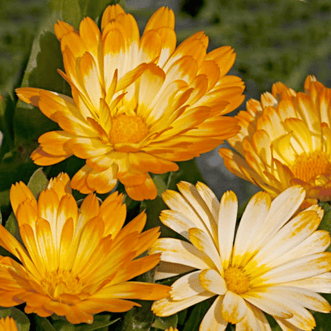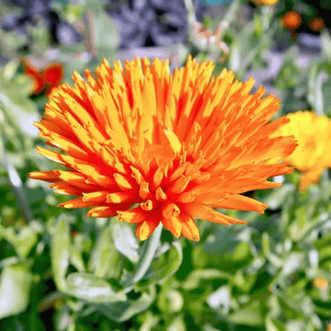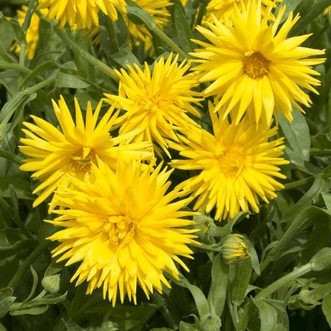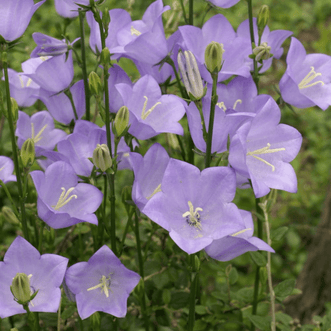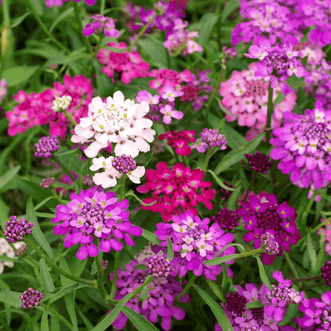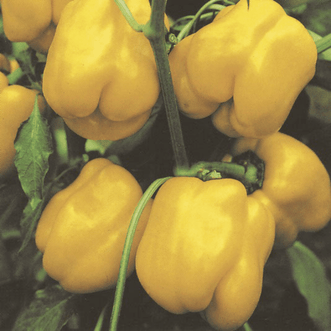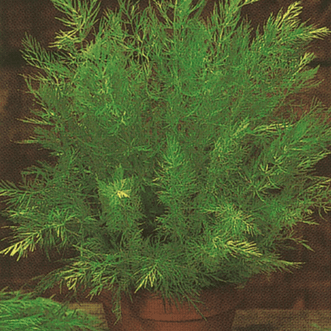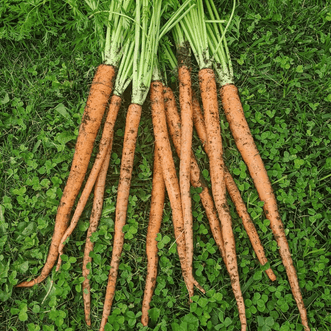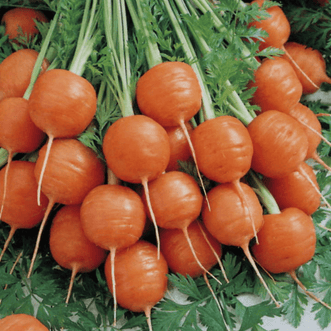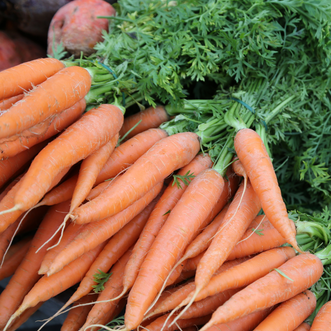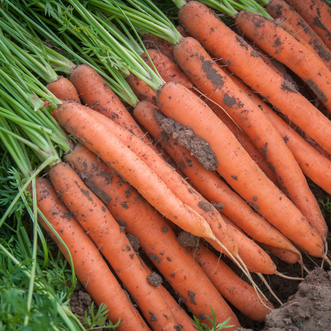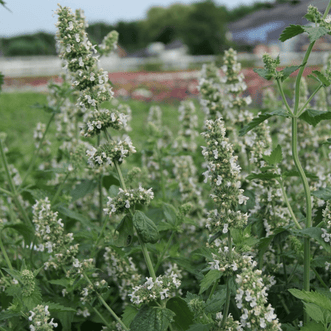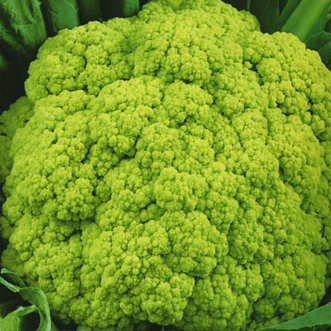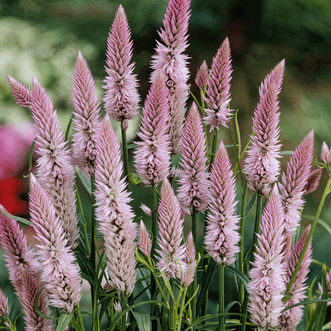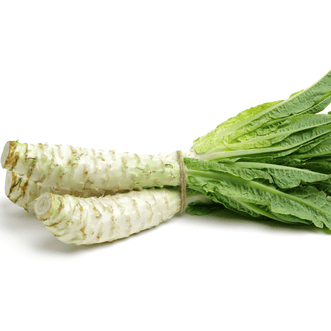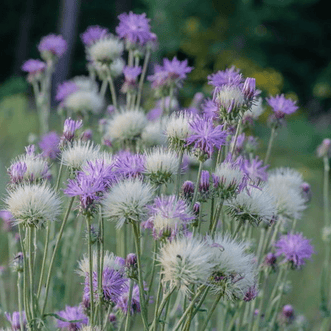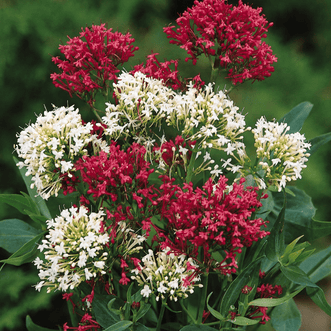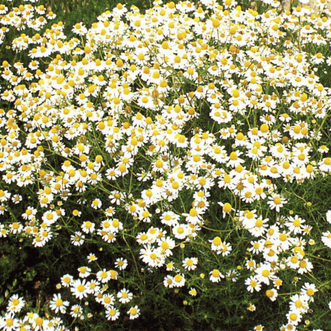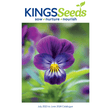Plants from the Alps to the Ocean
GerardWhat plants will you find on a trip from the Southern Alps to the Pacific Ocean?
Inland South Canterbury right now is a sight for sore eyes, with trees (willow, poplar, beech, alder, oak and liquidamber) changing colour to their vibrant autumn hues.

Conifer are dropping their ripe cones. Merino dot the landscape with their distinctive dark baggy woolly coats and pink noses.


The waters of the mountain lakes and hydro canals, a bright blue from their silica content; the waters of the dammed lakes (Ohau, Benmore, Aviemore and Waitaki) returning to a more usual blue as the silica particles settle and they make their way through the braided Waitaki River to the Pacific Ocean.

At every turn, your eye is drawn to what grows in this spectacular part of the world. From the tough environment of the high country to the rolling farmlands by the coast….

Matagouri (Discaria toumatou) translates loosely to face cutter in Maori as its long hard thorns were traditionally used for tattooing. Growing up to 6 metres tall but generally staying a lot shorter but bushy, it dominates vast areas of the South Island high country which the ancient beech forests used to cover prior to the moa hunters burning them down to drive the now-extinct birds out. Stock won’t eat Matagouri, they have no natural predators to control them and in most areas are a protected native species requiring special permission to remove them. Bees however enjoy gathering their flower pollen from October through to January.

Wild Roses (probably Rosa multiflora) were introduced in the 1860s by the gold miners as an available source of vitamin C from the rose hips, to combat the ravages of scurvy. A memory was recounted to us of an 80-year-old who remembers collecting the hips to make rose hip syrup. It certainly helped to keep the miners and their families healthier but in the process introduced a weed to rival gorse in its ability to go forth and seed prolifically, dominating the landscape. Whilst it looks pretty in late spring and early summer with its pink or white single petal flowers, nothing short of a strong dose of herbicide will control it.

Common Thyme (Thymus vulgaris) arrived with the cuisine-conscious Chinese goldminers of the 1860s, who used it as a seasoning in their wok-pot cooking. It soon self-sowed and found a natural home amongst the schist and rock of the Central Otago hillsides. Although, it could be considered a weed, it’s been a welcome addition with its divine aromatics and summer flowers that the local bees thrive on. It makes an exquisite herbal honey and supports a myriad of other beneficial insects. Being low growing it doesn’t get in the way nor does it block out your view of other flora.



Popping up everywhere along the way was Common Mullein (Verbascum Thapsus), an incredibly useful plant probably introduced by the early settlers because of its many handy applications and ease of growing.
Fresh leaves made excellent poultices with their anti-inflammatory properties, the plant stems could be dipped in wax to be burned as candles and a yellow dye could be extracted from the flowers. Dried leaves were traditionally smoked to alleviate bronchial and asthmatic complaints and made useful tinder for starting fires.
Wanting to soften the inside of your boots? Line them with fresh mullein leaves and enjoy their added fluffiness. Had a sore throat or felt a cold coming on? A tea of fresh mullein leaves would soon sort that out!

As the general countryside of Central Otago and Southern Inland Canterbury suffers drought conditions most summers, the refreshing green of Lucerne (Medicago sativa) stands out against the grey-brown of other paddocks. Lucerne is the world’s most cultivated green crop and, being a hardy legume, is able to withstand the harsh conditions that other grasses would struggle in. It lends itself well to a cut and carry harvest where the greens are cut and fed to stock off site allowing the paddock to recover quicker and not get puggy.

The brassicas Turnip (B.rapa), Swede (B.napus), Kale (B.oleracea) and Chou Moellier (also B.oleracea, a hybrid of cabbage, kohlrabi and kale) and Fodder Beet (Beta vulgaris) are all winter feed crops prevalent in the district now, all of them cold hardy and able to be strip-grazed through the winter months, providing nutritious leaves, stems or roots to feed on.

It was a real treat to take up the challenge of the Alps to Ocean cycle ride from Tekapo through to Oamaru. Our thanks to “Not a Rail Trail” for a wonderful journey and don’t miss the opportunity to check out the free app - Great Rides - for many other fantastic NZ cycle rides.

